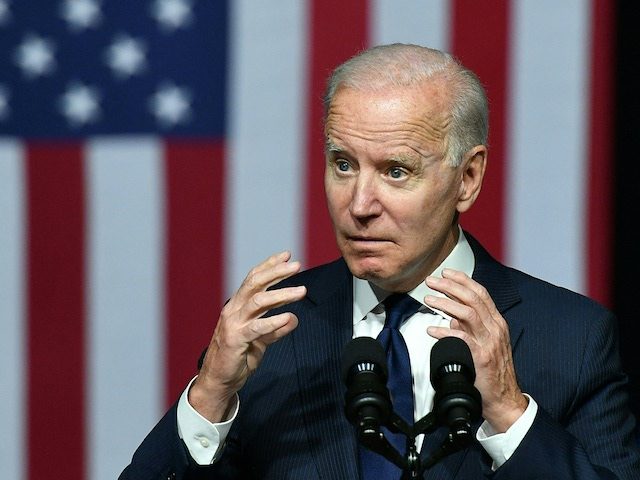Prices received by U.S. businesses for goods and services rose in May at the fastest annual pace recorded in 11 years of data, the Labor Department reported Tuesday.
The Producer Price Index rose 6.6 percent in May from 12-months earlier, the highest recorded for the series since at least 2010. Compared with April, the index rose 0.8 percent. On average, this index rose by around 0.2 percent per month in the pre-pandemic Trump administration.
Both the annual and monthly figures exceeded the expectations of analysts and showed an acceleration of prices from April.
The prices of goods jumped 1.5 percent. Services inflation ran at 0.6 percent in the month.
Excluding food and energy, producer prices rose 4.8 percent annually, in line with expectations, and 0.7 percent from a month earlier. Economists had forecast a 0.5 percent gain.
Some food prices experienced violent rises in May, squeezing American pantries. Grains sellers raised prices 25.7 percent compared with a month earlier. Pork prices rose 10.5 percent. Turkey prices rose 6.5 percent. Shortenings and cooking oils jumped 9.3 percent. Overall food prices rose 2.6 percent in May, the highest monthly food inflation recorded in records going back to 2010 apart from last May’s lockdown hoarding jump of 5.7 percent and a surge in February 2011.
The Producer Price Index is an alternative gauge of inflation. It actually predates the better-known Consumer Price Index. First published in 1902, it is the oldest continuous statistical series of the U.S. government. The index used to be known as the Wholesale Price Index, a somewhat misleading name since it was never focused on wholesale prices. Because of changes in what gets counted, however, the headline “final demand” PPI data only dates back to around 2010 after a 2014 overhaul meant to update the index to better reflect the modern economy.
The two indexes track a somewhat different basket of goods and services and do so from different economic perspectives. Where CPI measures prices paid by consumers, the Producer Price Index measures prices from the perspective of sellers. Where CPI includes imports but excludes exports, PPI includes exports but excludes imports. PPI also covers government purchases that do not get counted in CPI. PPI only covers around 72 percent of the services sector, notably excluding residential rents and education that are included in CPI.
Over time, the two tend to track each other—although they can diverge in any particular period. Both are showing much higher levels of inflation than have been seen in years.

COMMENTS
Please let us know if you're having issues with commenting.